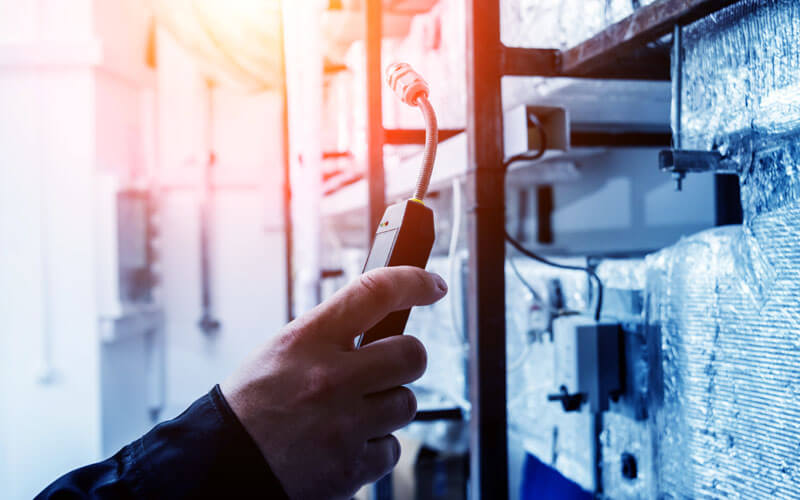
The future is increasingly bright for sensors. Sensor technology started from mechanical to digital measurement principles. Right now, we are seeing rapid growth in pressure, temperature, force and position sensing applications in devices of all scales.
Lately, sensor development also has played a significant part in the increased development of electric vehicles and mission-critical medical applications. Sensor innovation is allowing humans and collaborative robots (cobots) to share working spaces, a game-changing development on an industrial automation level – all this while the technology has key trends in its favor.
What Trends Should We Watch?
As we move into an increasingly connected world, the primary trend is miniaturization. Many applications require multiple sensors in a small footprint with no performance degradation and very low power requirements.
Another trend to watch is digitization. As more applications share the Internet of Things space, the shift to digital is required for intelligent sensors to capture and interpret data for various applications.
Finally, sensor fusion, the integration of different sensors into a single compact sensor application, is the third trend. Sensor innovation and quicker development of sensor fusion on the chip level will lead to predictive maintenance, autonomous sensor technology, self-learning, environmental improvement and more.
What Challenges Lie Ahead?
As promising as it all sounds, this is also a challenging time for sensor technology.
Current supply chain and logistics issues, brought on mostly by the pandemic, have been an across-the-board bane for industries. Shipping ports are congested, and supply ships are awaiting word to dock. Labor availability, spotlighted by a shortage of truck drivers, has also slowed supply chains for months.
However, sensors have also saved the day because of their abilities to monitor the chain. They have been valuable in tracking the location of shipments and the real-time monitoring of a truck's environment – light, humidity and temperature – factors that affect cargo conditions. A wide range of packages is available for different applications and environments: thermistors, metal housings, cable, sometimes integrated circuits, etc.
But sensors also have shelf-life issues. Distributors are running into more frequent end-of-life (EOL) situations for products that aren’t selling – products that were offered from a technology or customization standpoint. However, if not widely adopted, they go EOL.
Suppliers are limiting their portfolios and offering stability on the products that they are focusing on. These factors, taken together, can be challenging for design engineers. Sensors drive design, whether it's the creation of a highly responsive device or optimizing energy efficiency in a current product. Selecting the appropriate sensor early in the process – while weighing costs, quality and lead time – helps designers meet long-term strategy and supply-chain goals.
With sensors, a lot of engineers don’t second-source because it’s difficult to find the exact same package. However, if an unforeseen line-down situation occurs, designers might need to look for another source, or at least have second sources – even third-source suppliers – on standby.
How a Distributor Can Help
Working with a distributor can help designers find additional options, which, obviously is one of the benefits of working with an aggregator of suppliers. Distributors can provide extensive product depth and a long-term proven history of obsolescence management success.
A distributor’s value is going to be higher right now. They can offer multiple suppliers/services, different component options, lead times, price ranges and more. Distributors also can stay focused on the market and see what is coming.
It's a critical business objective. In times of uncertainty, many manufacturers find assurance of supply more important than the lowest cost per part.
Under the current circumstances, distributors are having those conversations more often these days. Not only is it important to match up the right technical parameters but also to match them with the best supplier to fit the project.
Solutions will be found and new ones will arise, of course. Our need for new knowledge can't be curbed and this knowledge helps provide us with more options for making decisions.
Follow TTI, Inc. on LinkedIn for more news and market insights.

